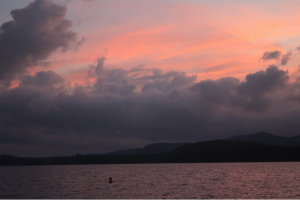
You’ve never heard of it? Seriously? This subculture – which has everything from music, fashion, and literature to LARPs (live action role plays), conventions and even scholars – is more popular in the U.S. than in Germany. So what is it? If you look at steampunk scholar Mike Perschon’s blog, you’ll see that it has aspects of retro-futurism, techno-fantasy, and neo-Victorianism, a movement not strictly limited to a specific time frame. The main source of power is steam, not gas or electricity. Steampunk is often seen as re-imagining the past not only to understand the present but also the sins of the past.
Is this subculture inclusive or exclusive? When you consider that Victorian England wasn’t exactly a stellar time for people of color, gender or body autonomy, it makes you wonder why it is popular. This is where the re-imagining comes in as some steampunks simply recreate this era. Personally, I have problems with this type of representation as I know my history; however, I also realize their intent isn’t to glorify the wrongs. In fact, other steampunks re-imagine the past to create a narrative for people who had no voice back then. This is what I love about steampunk.







